It can be fun to breed your own zinnias - Part 9
zen_man
15 years ago
Related Stories
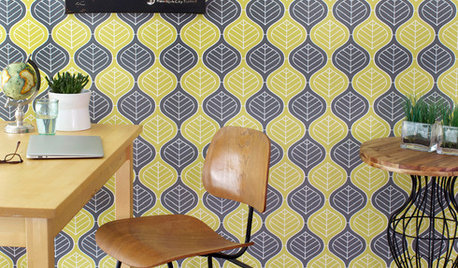
WALL TREATMENTSCan't Find the Right Wallpaper? Make Your Own
For one-of-a-kind walls, just use your imagination. Custom wallpaper is easier and less expensive than you might expect
Full Story
TRANSITIONAL HOMESHouzz Tour: Part Traditional, Part Modern and All Family Friendly
With clean lines, vintage touches and durable surfaces everywhere, this Los Angeles home balances tastes and needs beautifully
Full Story
PETSWhat Chihuahuas Can Teach Us About Interior Design
Who knew these tiny dogs could be such a huge fount of design tips? Houzzers did
Full Story
MOST POPULARThe Many Paths of Design, Part 1
Blame engineering issues, unforeseen revisions or even the Internet. As these diagrams show, it's probably not your fault
Full Story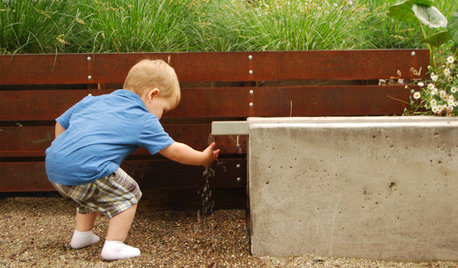
GARDENING AND LANDSCAPING9 Ways to Make Your Yard More Fun for Kids
Draw the younger set outside while keeping grown-up spaces and style intact. Some of these ideas don’t even cost a dime!
Full Story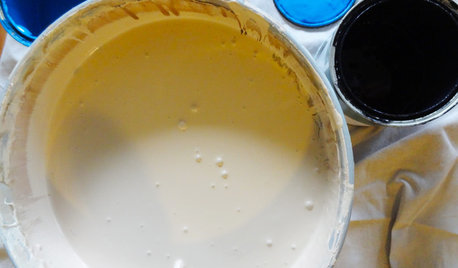
DIY PROJECTSTint Your Own Paint for New-Looking Walls
Dabbling in mixology means you can use up leftover paint and give your walls a custom look in one fell swoop
Full Story
EDIBLE GARDENSHow to Grow Your Own European and Asian Pears
Try these trees for their good looks, delicious fruit and wide range of sizes — plus you can espalier them
Full Story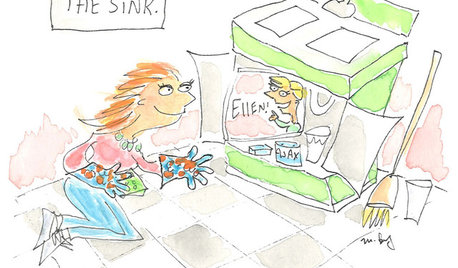
FUN HOUZZ9 Places for the TV We Haven't Seen — Yet
Tube watching ventures into uncharted territory. How far would you go in your own home?
Full Story
DECORATING GUIDESDesign Trends: Create Your Own Global Style
From Ikats to Chinoiserie, It's Easy to Put a Twist on Indian and Asian Design
Full Story
MORE ROOMSGetting the Room Right: Part II
Great spaces show how to avoid the Top 10 decorating mistakes
Full Story






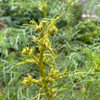
jackier_gardener
holtzclaw
Related Professionals
Lake Oswego Landscape Architects & Landscape Designers · Garden City Landscape Architects & Landscape Designers · Clermont Landscape Contractors · Cudahy Landscape Contractors · Middleton Landscape Contractors · Roseville Landscape Contractors · Sammamish Landscape Contractors · Seymour Landscape Contractors · Uxbridge Landscape Contractors · Tyngsboro Landscape Contractors · Shafter Landscape Contractors · Welby Decks, Patios & Outdoor Enclosures · Issaquah Decks, Patios & Outdoor Enclosures · Salisbury Decks, Patios & Outdoor Enclosures · Vero Beach Decks, Patios & Outdoor Enclosureszen_manOriginal Author
zen_manOriginal Author
asaylor
zen_manOriginal Author
asaylor
zen_manOriginal Author
asaylor
zen_manOriginal Author
zen_manOriginal Author
jackier_gardener
zen_manOriginal Author
holtzclaw
zen_manOriginal Author
jackier_gardener
jackier_gardener
zen_manOriginal Author
zen_manOriginal Author
zen_manOriginal Author
holtzclaw
zen_manOriginal Author
jackier_gardener
holtzclaw
zen_manOriginal Author
zen_manOriginal Author
jackier_gardener
zen_manOriginal Author
holtzclaw
zen_manOriginal Author
jackier_gardener
holtzclaw
zen_manOriginal Author
zen_manOriginal Author
davemichigan
zen_manOriginal Author
holtzclaw
zen_manOriginal Author
holtzclaw
davemichigan
zen_manOriginal Author
davemichigan
carolynefox
zen_manOriginal Author
zen_manOriginal Author
atenkley
zen_manOriginal Author
zen_manOriginal Author
lookin4you2xist
zen_manOriginal Author